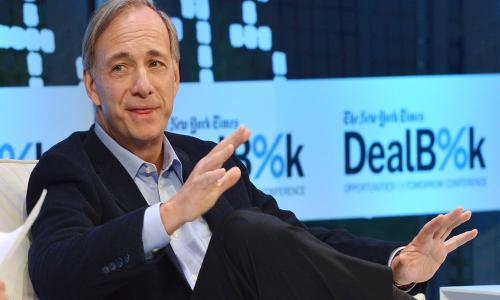In 2013, the 10-year bond went to a 3.05% yield briefly. Many traders who were heavily long fixed income got really hurt when this happened, but the general public was spared from the consequences of a end of cheap money as cash from global markets began pouring into the US to drive rates back down.
At this point, many experts are indicating that the current 10 year yields are well below where they should be at this point in the economic cycle and they should begin to move off of the unnatural post-recession lows that we have seen for the last 6 years in anticipation of a change in Fed policy. Janet Yellen, herself, has indicated that the cycle of unnaturally low interest rates needs to come to an end and that when it does long term rates may spike higher. High profile observers – including Bill Gross, Jeffrey Gundlach and Scott Mather - have all been quoted in mainstream financial media over the last several days as suggesting that as the Fed begins to raise rates, long bonds will go up more quickly. Even if the rise in the Fed Funds rate is extremely slow and deliberate, 10 year rates will wind up back to 4% or 5% over the next year or two.
This is a good time to confront reality. If 10 year rates were to go back to 4 or 5% (or 6 or 7%), the discounted present value of that cash produced by instruments that you may hold will become less valuable (i.e., will become discounted at a higher rate). The value of long-term municipal bonds will fall. Corporate bond spreads will widen, not narrow, and the value of corporate (high grade and high yield) bonds that you hold will fall sharply. The value of your emerging market bond and EM bond funds will fall dramatically, as will the value of any preferred stock that you may hold (including Public Storage’s preferred stock that I have previously recommended).
I do not pretend to be a real estate or a stock market expert, but it would seem that your real estate and equities will impacted as well. Real estate values in frothy markets like New York, San Francisco and Miami may fall from their bubble levels as mortgage rates rise. Stocks – including Blue Chip stocks such as Disney, Procter & Gamble, McDonalds and Coke – that trade at extremely high, above-market multiples of earnings against anemic growth will see a sharp correction. (The broader market however may move higher and fast growing, dynamic growth stocks with large cash stockpiles, very low PE ratios, and PEG ratios below 1 such as Apple and Gilead should be virtually unaffected and continue to move dramatically higher).
This is probably not the time to sell your home or exit the stock market. But, it is a good time to think about some key things you can do to protect yourself from a rise in interest rates.
1. Think about raising cash, selling your bonds (except for those nearing maturity), bond funds, bond like instruments, and stocks with unsustainable valuations. Earning 1% a year over the next two years is a better outcome than losing 20% or more of your principal over that period. If you still aren’t earning 1% on savings, see this list of the highest yielding savings accounts.
2. Put money in CDs. You can earn 2.25% on a 5 year CD from Synchrony or Barclay’s Bank that allows only a six month interest penalty for early withdrawal. As this article discusses, that is a pretty reasonable risk-reward scenario. Alternatively, put your money in a CD that offers a better rate than cash and provides the opportunity to raise your rate should rates rise. CIT Bank’s family of RampUp CDs are not only among the highest yielding CDs, but offer this flexibility.
3. Invest in structured notes that are geared to pay out more money as interest rates rise. I have written extensively about these notes on BestCashCow. My favorite notes are those that pay a multiple of the spread between the 2 year and the 30 year Treasury (or Constant Maturity Swap) rates. While this notes usually require assuming the credit of a bank, such as Chase or Morgan Stanley, they are currently paying around 6% and would move to paying their maximum distribution amounts of 9% to 10% should the interest rate spread widen. These notes may not always be offered in primary markets and can be difficult to find in secondary markets. Read my earlier articles on these notes here or here.
Happy investing.













Add your Comment
use your Google account
or use your BestCashCow account